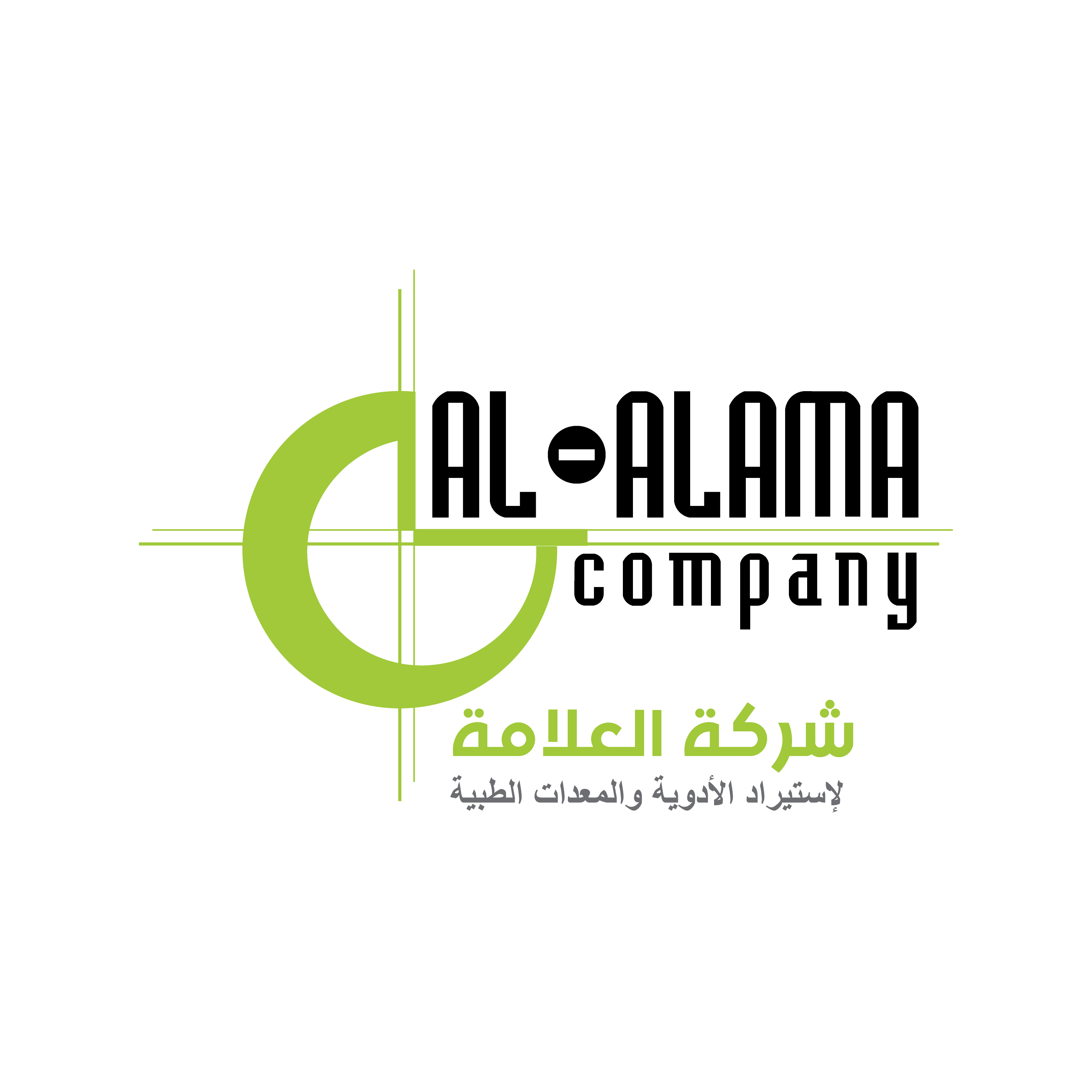
What is pharmacovigilance?
Pharmacovigilance Is the Science and activities concerned with detecting, analyzing and evaluating side effects of drugs and problems related to their use with the aim of reducing or preventing their occurrence (WHO 2002)
What is a side event?
It Is The Patient’s unintended, unwanted or undesirable response to A drug, Including abnormal laboratory results that occur when the Patient takes approved doses of the drug.
What drug safety Information should be reported?
Please report any of the following Information:
1-Side Event: A related event or occurrence.
2-Side Effect: Adverse or unintended effects experienced from medication or treatment.
3-Lack of Drug Efficacy: Insufficient effectiveness or desired outcomes from a medication.
4-Overdose or Misuse: The excessive or improper use of medication beyond the recommended indications stated in the medicine leaflet.
5-Medication Use during Pregnancy or Breastfeeding: The use of medicines while pregnant or breastfeeding.
6-Transmission of Germs through Medicines: The potential transfer of infectious agents through the use of contaminated medicines.
7-Defects in Pharmaceutical Manufacturing or Fraudulent Medicines: Issues related to substandard manufacturing processes or the distribution of counterfeit medications.
8-Medication Use Mistakes: Errors or mistakes made in the administration or consumption of medication.
9-Drug Interactions: Unintended effects resulting from the combination of multiple medications or substances.
What are the criteria that must be collected as a minimum?
1-Reporter Identification: Please provide your name, phone number, and address for identification purposes.
2- Patient Identification: Please provide the initials of the patient’s name, along with their age or gender.
3-Suspected Effects or Side Effects: Please describe the occurrence of any suspected effects or side effects in detail.
4- Suspected Drug Information: Please provide the trade name and active substance of the suspected drug.
To report any side effects or problems related to the use of any of The medicines, please contact us :
Email: pv@alalama.ly
call us: 00218911287147

